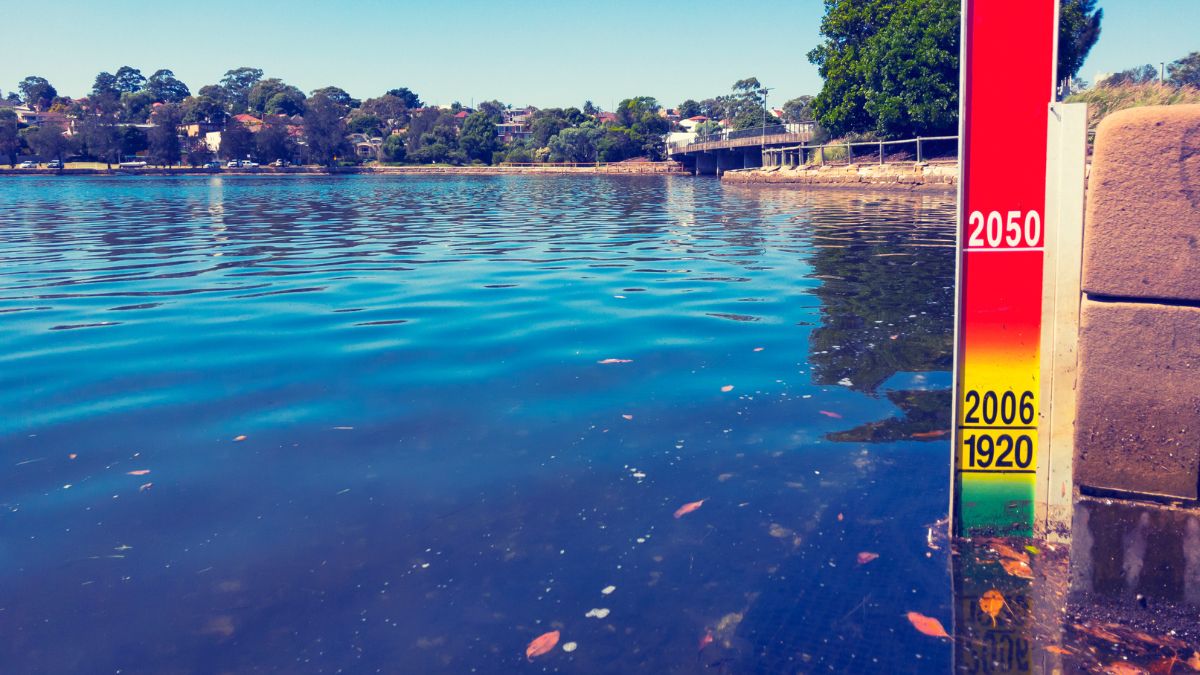The latest version of the new digital elevation model (DEM) has added more regions in the event of a 1-metre rise in sea level by 2050, five years after the first projections made by the DEM showed parts of central Kerala in a high-risk zone of sea-level rise. This version was created by Climate Central, a science organisation with headquarters in New Jersey. The innards of Kottayam and Thrissur would be affected, according to the most recent forecasts. Here are the places in Kerala that will go under the sea due to rising water levels!
These Places In Kerala Will Go Under The Sea
The latest projections have more interior locations like Peramangalam, Puranattukara, Arimbur, Parakkad, Manakkody, and Koorkenchery in Thrissur. It also includes some areas in Kottayam like Thalayazham, Chemmanathukara, Achinakam, and Brahmamangalam. The earlier projections mostly included the coastal regions of Kuttanad, Kochi islands, and Vaikom.
The greatest impact would be felt in central Kerala, which is already experiencing uncommon and extreme rainfall events as a result of a sea level rise brought on by ice melting in Antarctica. According to the sea level rise project, by 2050, four districts, including significant portions of Ernakulam, Kottayam, and Alappuzha, as well as some of Thrissur, may be below sea level.
Also Read: These 5 Indian Islands Are Slowly Disappearing Due To Climate Change & Rising Sea Levels
Even Beaches Will Be Gone!
By the time this map projection is complete, all the beaches will be gone. Other places that will go under the sea are Munambam, Cherai, Kuzhippilly, Nayarambalam, Puthenvelikkara, Chendamangalam, Kadamakudy, Puthuvype, Varapuzha, Chellanam, Bolgatty, Udayanapuram, Thalayolaparambu, Cherthala, Kumarakom, Muhamma, Fort Kochi, Mannanchery, Thanneermukkom, large parts of Kottayam and Kuttanad.
The sea level will increase dramatically by 2050, according to the Intergovernmental Panel on Climate Change (IPCC) study for large coastal cities. In the North Indian Ocean (NIO), sea levels rose at a pace of 1.06 to 1.75 millimetres per year between 1874 and 2004, and over the subsequent 25 years, this rate has accelerated to more than 3 millimetres per year.
Many of these locations have been included in the state climate action plan based on the estimate of a 1-metre increase, which has already been produced.
Also Read: Global Sea Level Might Rise By At Least 10 Inches Due To Zombie Ice
The emphasis must be on mitigation, and development plans must now include a climate change component.
Cover Image Courtesy: Canva

